Preventive approaches to increase the resilience in organic berry production
The CORE Organic project ResBerry aims to enhance organic berry production through biodiversity and innovative management strategies, providing tangible support to farmers and stakeholders alike. Field experiments with various companion plants have been carried out with promising results, including flower strips, trap plants, and cover crops.
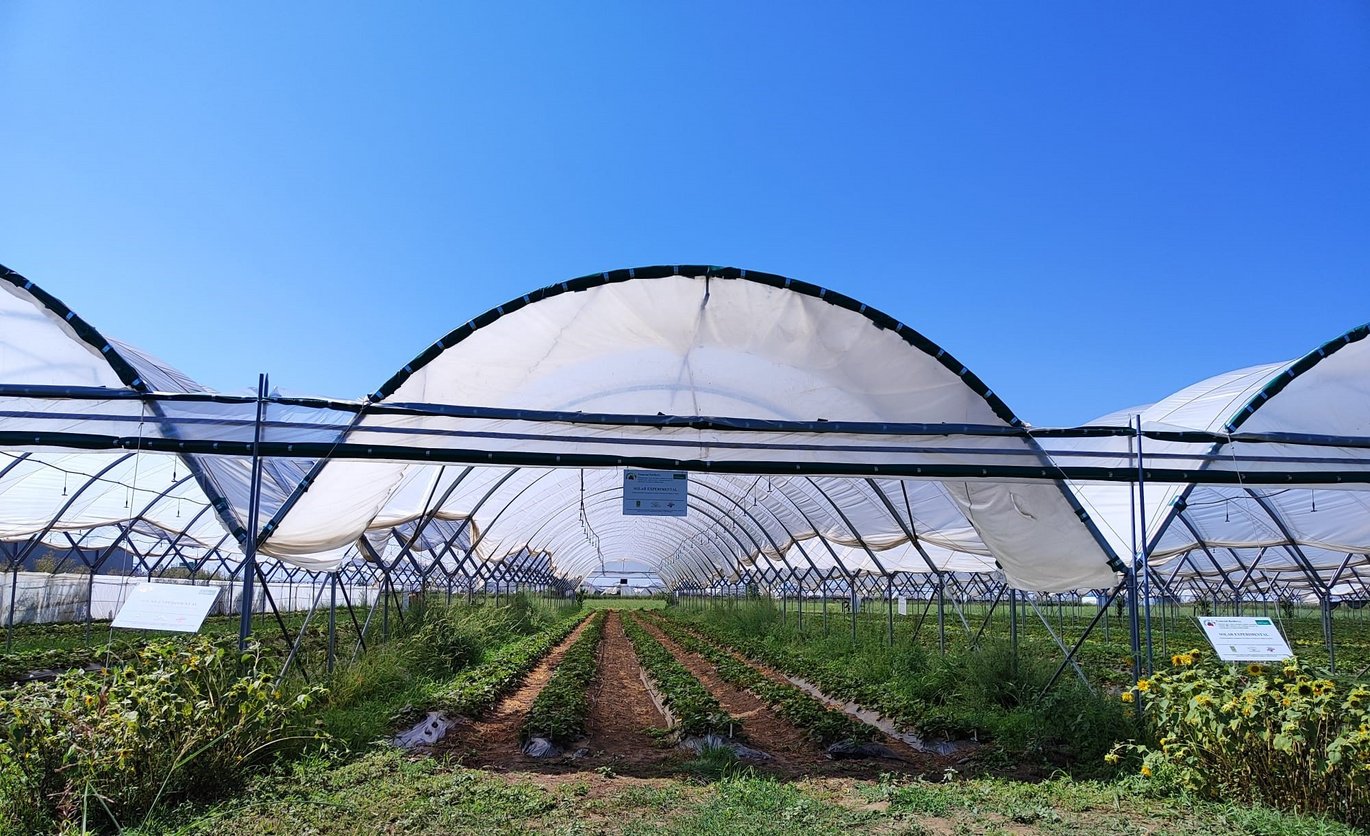
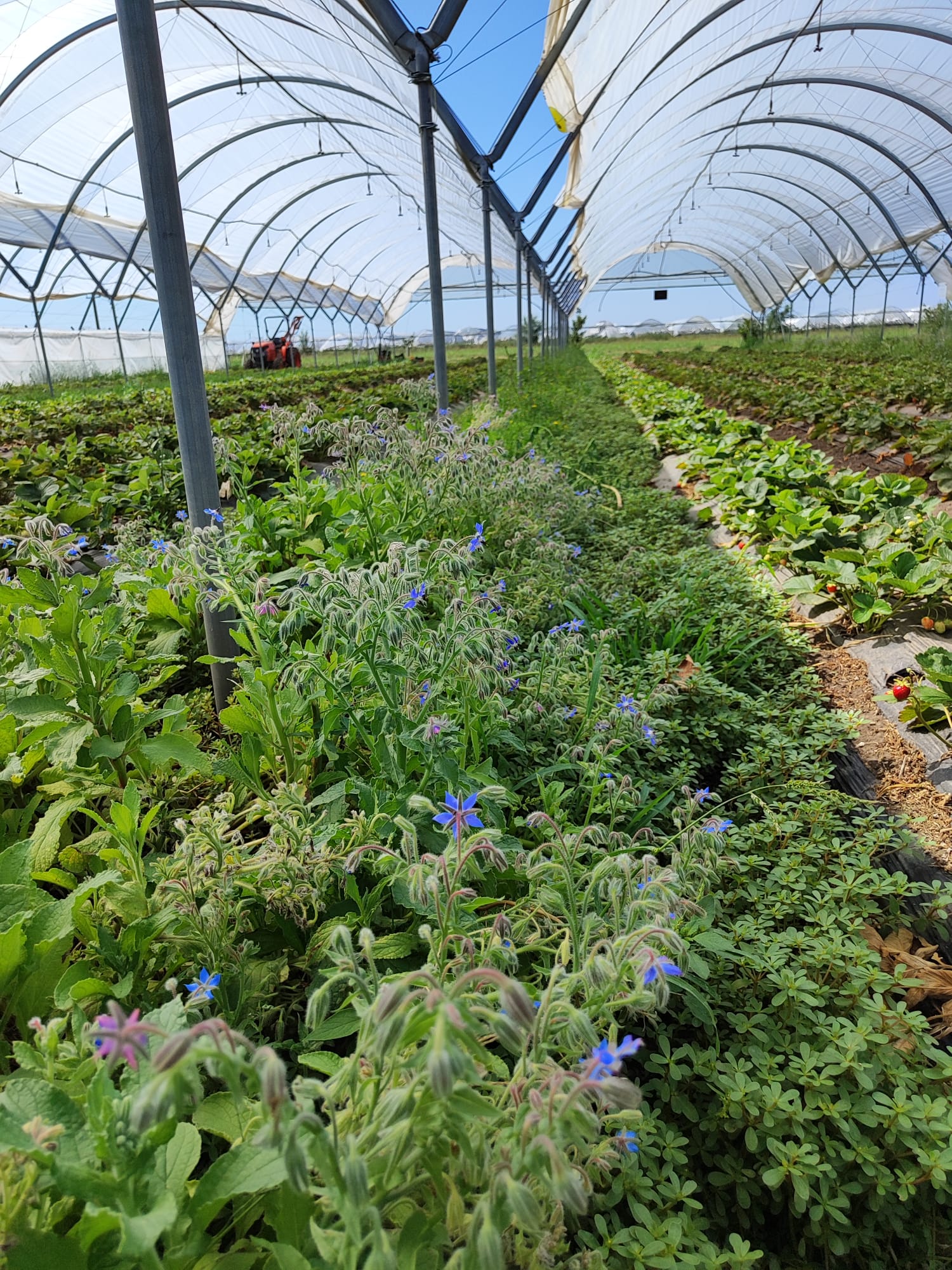
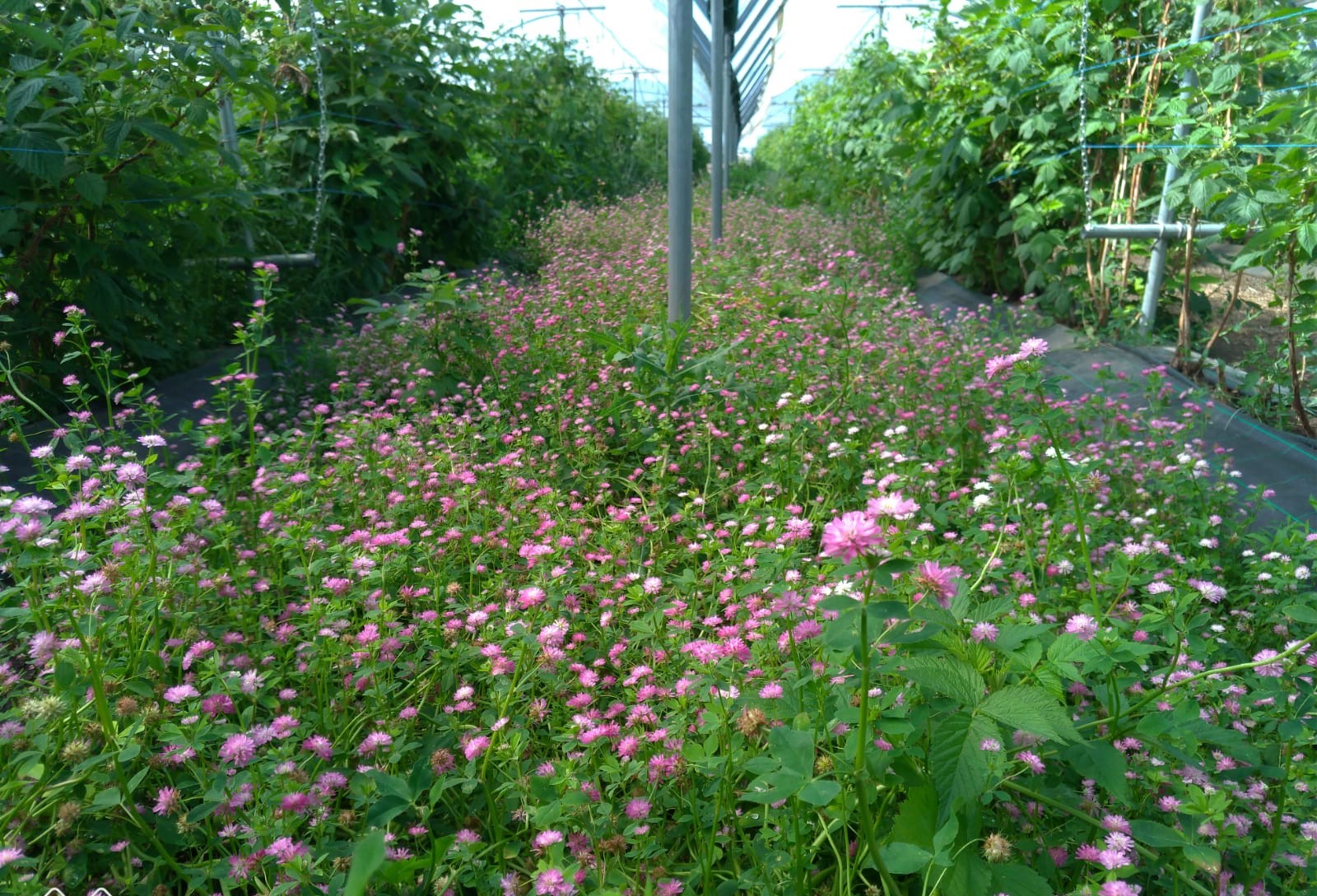

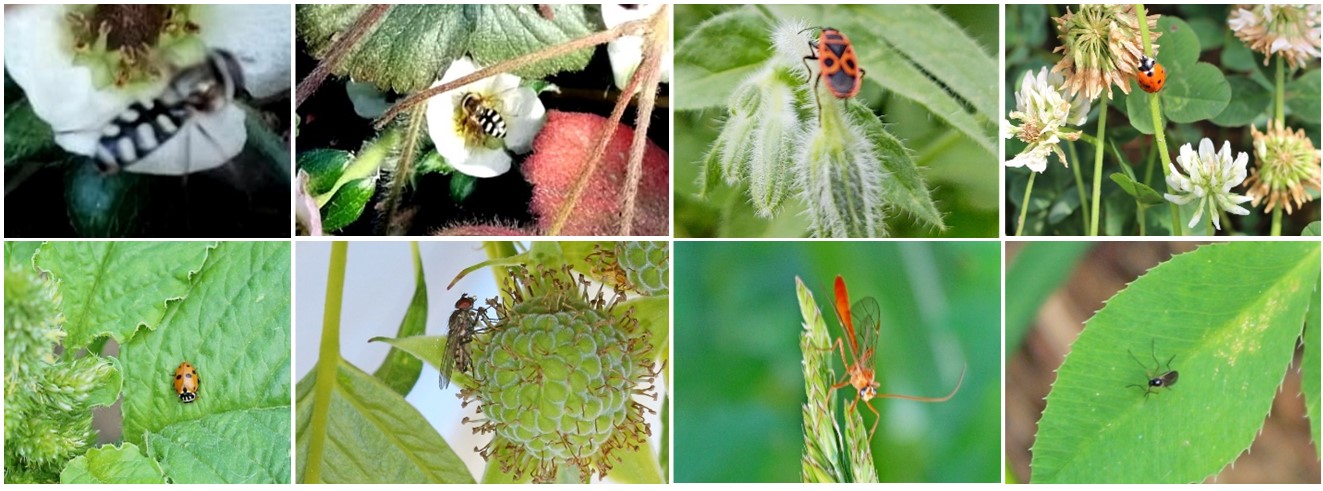
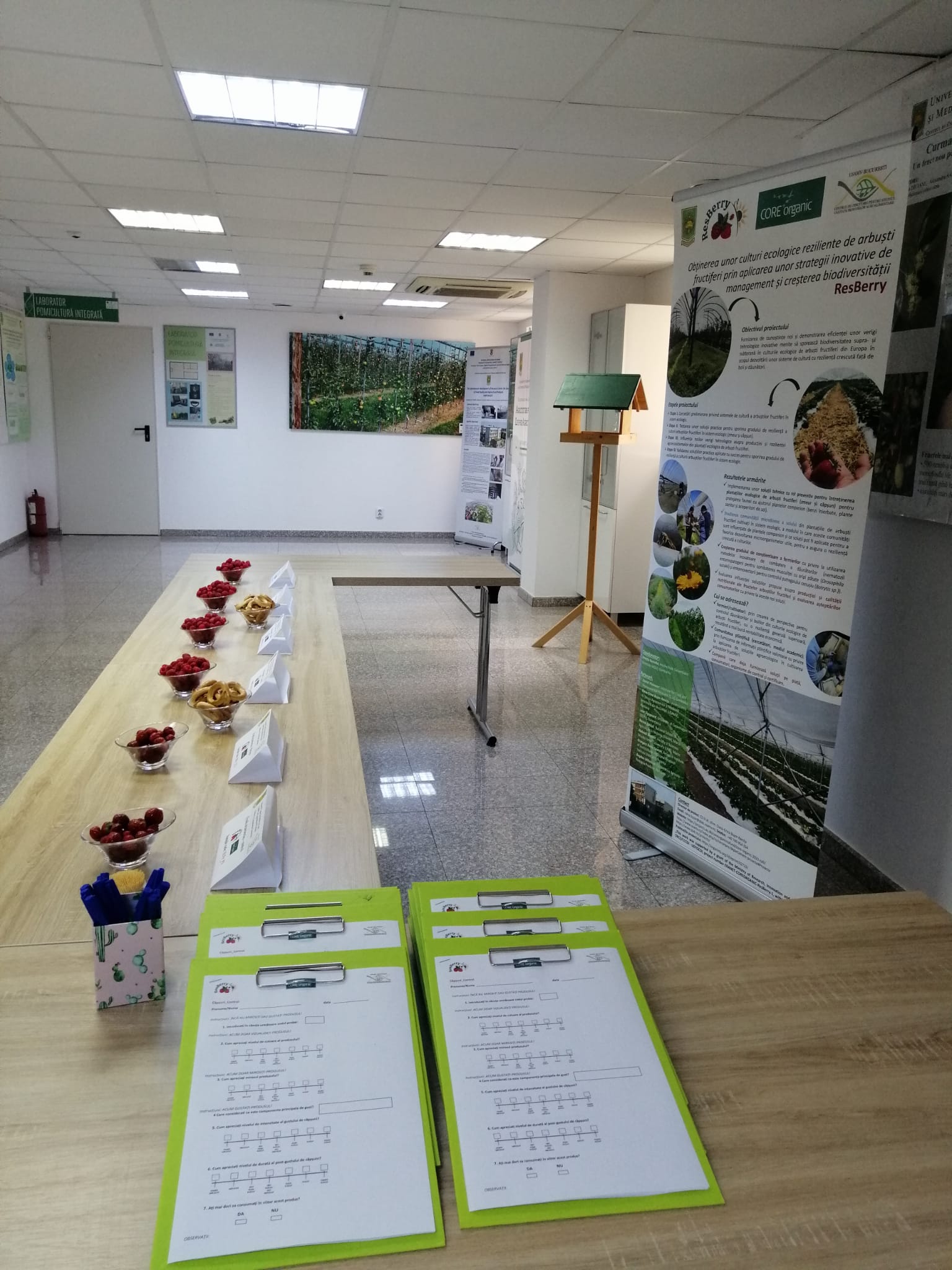
Consumption of organic berries has significantly and rapidly increased in global markets in recent years. The production of high-quality organic berry fruits and the enhancement of above- and belowground biodiversity is essential for the sustainable development of this sector. Moreover, the sustainability of production and the quality attributes of berries depend on many vital aspects, such as soil quality, cropping system, and pests and disease control.
In that regard, partners of ResBerry project from Germany, Denmark, Poland, Romania and Morocco works together for the implementation of new biological control techniques for organic berry production.
Focus at USAMV & RODAGRIA from Romania
The University of Agronomic Sciences and Veterinary Medicine of Bucharest (USAMV) has established experimental plots of organic raspberry and strawberry at Cooperativa Agricola Rodagria Produce (Ogoru, Calarasi, Romania) and is working on the implementation and demonstration of tests for:
- experimental models to test companion plants in strawberry and raspberry crops.
- enrichment of the soil microbiome with specific antagonists.
- quality assessment of berries and consumers’ expectations.
Experiments to test various companion plants have been conducted, including flower strips, trap plants, and cover crops. The flower strips consisted of three variants: 1) Borago officinalis L., 2) perennial plants, and 3) annual plants, sown along poles lines of the tunnel. Borago officinalis L. was selected as a companion plant to assess its influence on the organoleptic qualities of strawberries and raspberries. The perennial flower strips were analyzed, as it reduces the labor needs for farmers with weeding and the costs with seeds, while the annual ones can contribute to crop diversification.
The implementation of these ecological treatments had no negative impacts on the fruit quality. Flower strips with Borago officinalis L. exhibited benefits in suppressing weed development (e.g. the Johnsongrass, Sorghum halepense L.). Perennial flower strips aided in attracting beneficial insects (photo 7).
As for the local soil microbial communities in raspberry and strawberry plantations, the cover strips composed from gramineous plants enriched the soil both in bacteria and fungi. In flower strips in raspberry, the perennials strongly favorized the development of bacteria.
To assess the impact of intercropping, the quality of berries was evaluated in terms of their physical characteristics (fruit weight, size, dry matter, firmness) and nutritional quality parameters represented by taste, color, and aroma (titratable acidity, total soluble solids, sugars, organic acids, anthocyanins content, antioxidant activity).
Preliminary sensorial tests were carried out to evaluate the acceptance and preference of consumers on the berry’s quality. The evaluation of consumer acceptance was performed using a test with 7-point hedonic scale and seven possible ratings from "very good" to "I do not like it at all". Sensory properties of fruits (color level, smell, main taste component, taste intensity level, aftertaste duration level) and re-consumption intention of strawberries and raspberries were evaluated. Fresh berries from all three tested companion plants variants were equally appreciated by the consumers and maintained their quality throughout the testing period.
Overall, implementing easy-to-use strategies with companion plants can bring benefits to both above and below biodiversity, thereby influencing organic berry quality positively.
The methods proposed serve as a valuable aid in conversion from conventional to organic production system, especially for aspects related to pest control.
Relevant links:
https://projects.au.dk/coreorganiccofund/core-organic-2021-call/
https://www.usamv.ro/index.php/ro/1150-resberry
University of Agronomic Sciences and Veterinary Medicine of Bucharest, Research Center for Studies of Food Quality and Agricultural Products 59, Mărăști Bd. 011464, Bucharest, Romania